Post Content
Post Content
Learning How to do Shaving with a Straight Razor Pros and Cons: For the Ultimate in Manliness
With all of the huge advances in shaving technology that have been made over the years (including fancy shaving creams, multiple blade razors, etc.), it shouldn’t come as much of a surprise that many men are starting to take their grooming and personal hygiene much more seriously.
Still, despite the advent of cartridge razors, electric shavers, and all of the other high-tech shaving gadgets, a growing percentage of men are now turning their backs on technology in favor of more old-school shaving methods like safety and straight razors (see infographic for difference).
Why you may ask?
Well, the reasons are actually quite simple, as finally, men are starting to realize that newer does not always equal better (at least when it comes to shaving).
Simply put, shaving with a straight razor pros and cons with a single sharp blade is guaranteed to provide a closer, better shave than any of those fancy new razors—no matter how many blades they contain or how technologically advanced they may be.
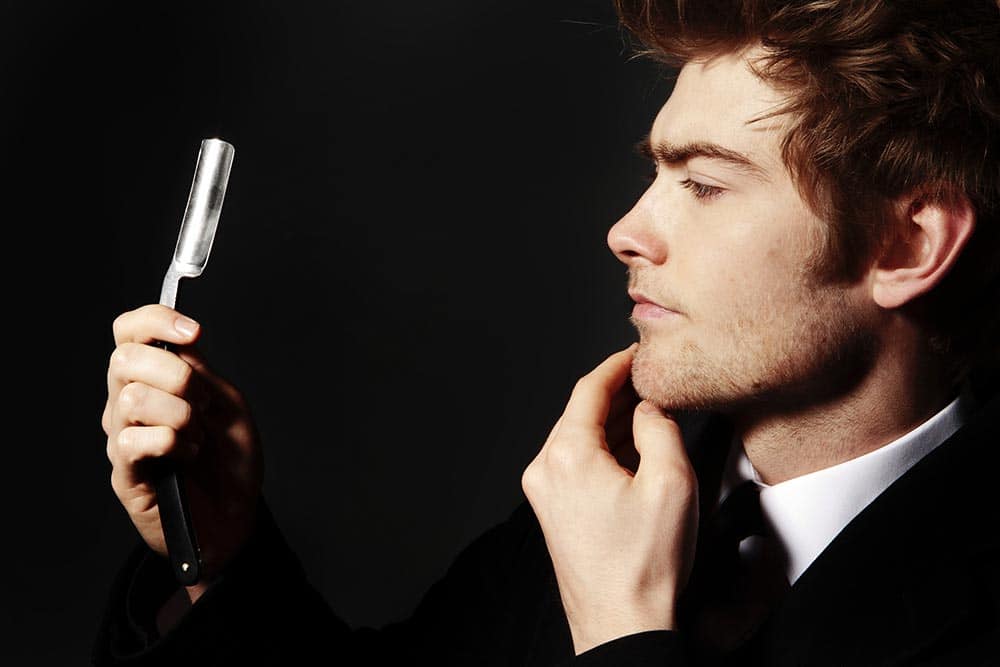
It wasn’t so long ago that shaving with a straight razor was basically a man’s only option, but unfortunately, this method basically went by the wayside with the invention of safety razors (and eventually disposables, cartridges, and the like).
Still, the good news is that this method is suddenly starting to make a huge comeback, as there is now no shortage of barbers again offering a classic wet shave with a straight razor.
Better yet, there are also many excellent shaving with a straight razor pros and cons companies that have again realized the value of a traditional shave, meaning there is no shortage of excellent straight razors, old-school shaving creams, and other accessories available.
If you’re looking for barbers shaving using straight razor blades, you should type “straight razor shave near me” on Google and I guarantee you there are loads of them in every city.
Most Popular Products |
||
|---|---|---|
| "#1 Butterfly Safety Razor" | "Best Shaving Kit" | "Top After-Shave Balm" |
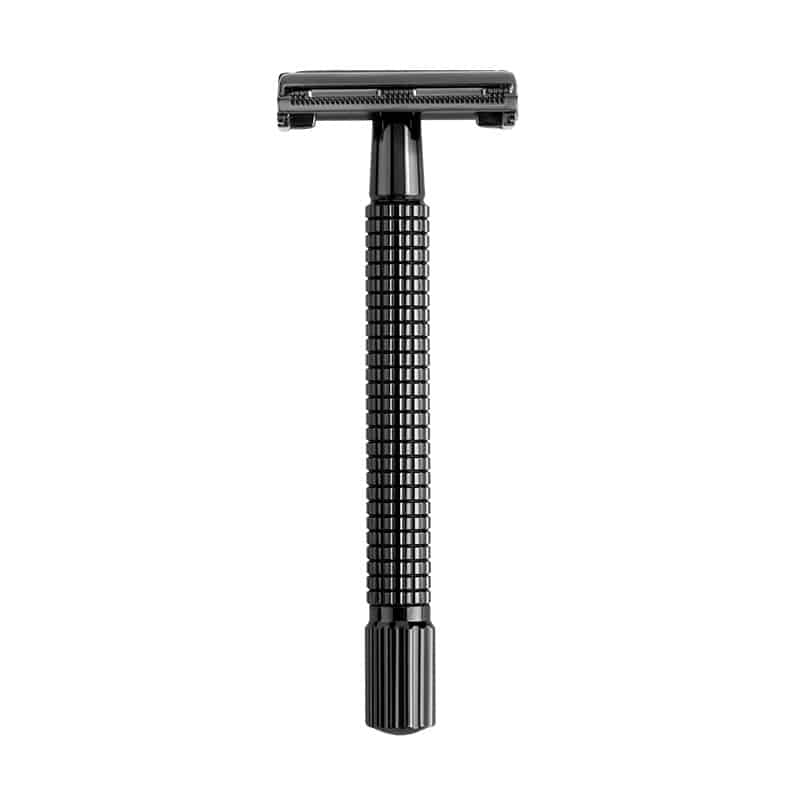 | 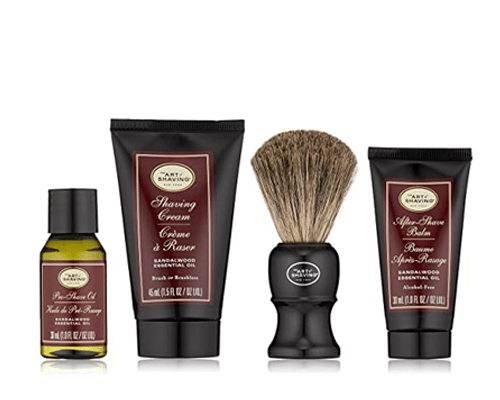 | 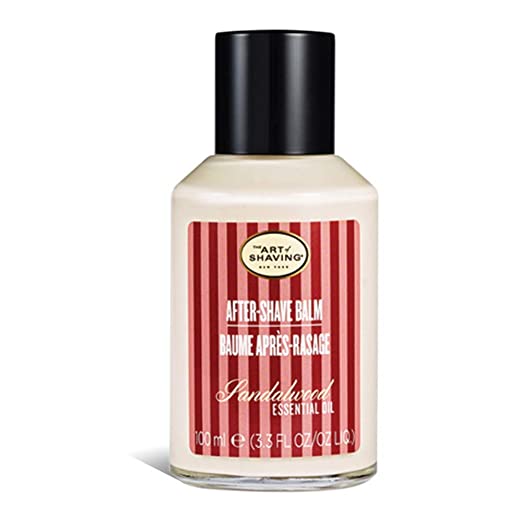 |
| View on Sigma | View on Amazon | View on Amazon |
However, no matter how great of a shave you can get with shaving with a straight razor pros and cons (no other method even comes close) and how many excellent products are on the market, learning how to shave with a straight razor is still as important (and difficult) today as it was in the past.
While there’s no denying that using a straight razor is the best and most manly method of shaving, there’s also no doubt that this method is not for everyone as it requires a man who has the time and patience to learn how to use a straight razor properly.
Still, if you’ve got the patience (and aren’t afraid of a few cuts as you’re getting the hang of it), learning how to shave with a straight razor can be one of the most rewarding things you’ve done.
So to help you out in your quest for the ultimate in closeness, ultimate in manliness, we’re here to tell you all you need to know.
Shaving with a Straight Razor Pros and cons
As we’ve said, no other method of shaving can provide as close of a shave as using a straight razor—although safety razors come in a close second.
The shavette straight razors are a slight modification of the traditional barber straight razor (barber knife or barber blade) and it comes with a double blade and is sold for a fraction of the price of a barber razor.
That being said, there are definitely a few drawbacks to shaving with a straight razor pros and cons as well.
So, to help you decide whether this method is for you, we’ve listed all the positives and negatives of straight razor shaving.
Pros
- Closest Shave Possible.
- Makes You Feel Like a Man.
- Little to No Continuing Costs. While shaving with straight razor pros and cons require a bigger initial investment, the good thing about them is that there are really no continuing costs once you’ve got all the tools. Still, if you don’t learn how to properly hone and sharpen your straight blade razor, you’ll end up needing to take it somewhere for sharpening, which can be expensive.
- Better for the Environment. While disposable and cartridge razors simply get thrown in the trash, shaving with a straight razor pros and cons are by far the most environmentally friendly shaving method, as there is never anything to throw away or replace.
- Should Last a Lifetime. With proper care, a high-quality straight razor shaving kit and accessories should last for at least your lifetime.
Cons
- Steep Learning Curve. You should expect to cut yourself quite a few times as you’re learning how to shave with a straight razor, as it requires a special technique. Still, once you get the hang of it, this shouldn’t continue to be a problem. In addition to learning how to do shaving with a straight razor pros and cons, you’ll also need to learn how to sharpen and hone it as well.
- Danger. If you don’t know how to use straight-edge razors properly, you could seriously injure yourself with a straight razor (get razor cuts), so be careful! After all, they’re not called cut-throat razors for nothing.
- Higher Initial Investment. When deciding to switch to shaving with a straight razor, you’ll need to purchase not only the shaving knife (razor) but also a strop, hone, shaving brush, and other accessories. Still, as we said, most of these should last quite a long time, so it could actually save you money in the long run.
- Takes More Time. Probably the biggest disadvantage of shaving with a straight razor is that it takes more time than any other method. That being said, most men find it well worth the extra time due to the incredibly close shave that results.
- Requires Continual Honing and Maintenance. While most other types of razors are maintenance-free, straight razors require continual stropping and honing to keep them sharp, which will add a bit more time to your shaving routine.
How to Shave with a Straight Razor: Shaving with a Straight Razor Pros and Cons
Understanding the Parts of the Razor: Shaving with a Straight Razor Pros and Cons
Shaving with a Straight Razor Pros and Cons
Before we get into how to use a straight razor, it is first necessary to familiarize yourself with all of the basic parts so you know what you’re dealing with.
- Point. The end of the blade, will typically be either square or rounded.
- Edge. The cutting edge of the blade runs from heel to toe and ends at the point.
- Heel. The part of the edge closest to the pivot and scales.
- Toe. The part of the edge closest to the point.
- Spine. The top (non-sharp) end of the blade; is opposite the edge.
- Face. The sides of the blade (in between the edge and spine).
- Tang. The part of the blade (not sharp) in between the heel and the tail. This is the part you hold on to.
- Shoulder. Where the tang meets the heel.
- Tail. The end of the metal blade is located after the pivot pin that connects the blade to the scales. The tail is curved to allow your fingers to perfectly fit on the top and bottom of it.
- Scale. The non-metallic part of the razor is connected to the metal blade by the pivot.
- Pivot. The part that connects the scales and blade.
How to Hold a Straight Razor: Shaving with a Straight Razor Pros and Cons
Now that you know all the parts of the straight razor, we can finally get into the basics of shaving with one, starting with how you should hold it.
While experienced straight razor shavers typically change up their grip depending on which part of the face they are shaving, for beginners we would recommend using one basic grip until you get the hang of it.
In our experience, the best grip for beginners is to grasp the razor with your middle and index finger on the top of the tang and your thumb underneath where the shoulder and tang meet.
Finally, take your pinky and ring finger and put one on each side of the tail (ring finger on top and pinky below). When grasping the razor in this way, the scales should be in between your middle and ring fingers.
How to Shave with a Straight Razor: A Step by Step Guide
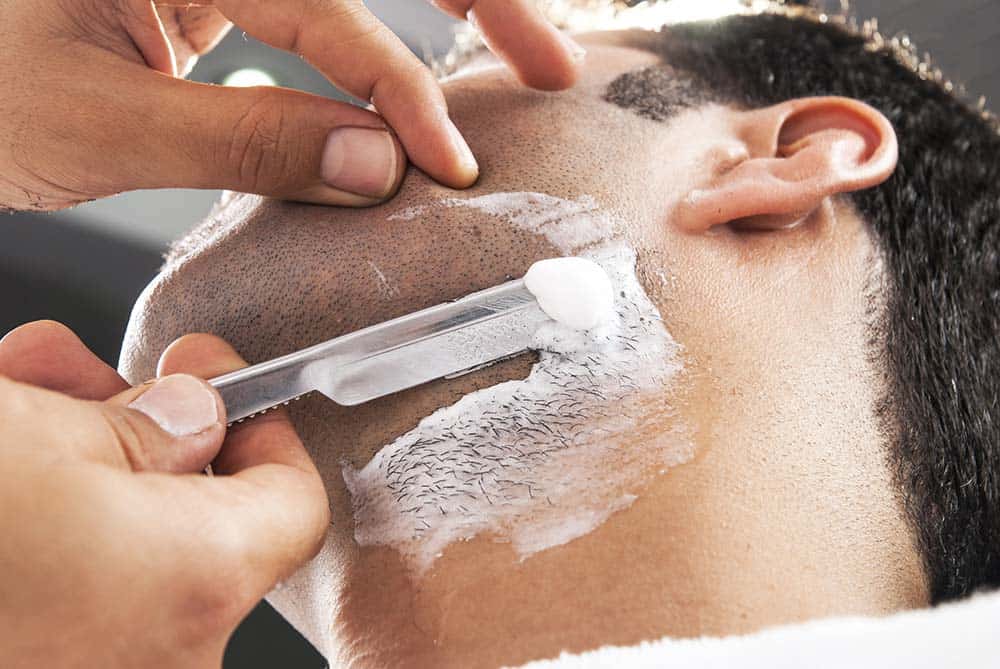
One of the most important aspects of using a straight razor is to combine it with a traditional wet shave.
Still, we’ve already covered this in detail in our article on how to get a close shave, so we’ll skip the steps on preparing your face and beard and move straight on to shaving.
It’s really up to you where you start first, but most experts recommend starting with the sides of your face, beginning up near your ear, and working your way down.
So, once your face is lathered and you’ve got the razor in hand, the first thing you need to know is exactly how to take each stroke.
With straight razors, one of the most important things is the angle at which you’re shaving.
With each stroke, you want to try to hold the razor at a 30-degree angle to your face, as a bigger angle will result in the blade slicing into your skin, while a smaller angle will make it nearly impossible to shave.
So, now that you know how to hold the razor, you’re ready to start shaving.
Beginning on one side of your face, hold the razor in one hand and use the other hand to pull the skin tight (you’ll need to reach your other hand up over your head to do this).
Now, start shaving in a downward direction, taking slow, even strokes while keeping the skin pulled as tight as you can.
Continue working your way down the face until you reach the jawline.
Then, take your opposite hand and use it to pull the skin along your jawline tight (it works best if your hand is across your face, basically in front of your nose).
With the skin-tight, tilt your head back and to the side to expose the jaw and then shave in a slow downward direction—working your way across the jaw until you reach your chin.
Once you’ve finished one side of your face, switch over and repeat the exact same movements on the other side until it is smooth as well.
Once you have both sides and jawlines done, move on to the upper lip, pulling it as tight as you can with your opposite hand while you slowly shave the lip downwards.
Then, move on and do the same movements on your chin and below your chin.
When you’re first learning how to use a straight razor, we would recommend only going with the razor grain.
Although experienced shavers know that it usually takes one pass with the grain, one across and one against to get the closest shave, shaving in any direction but with the grain increases the risk of cutting yourself.
So, we wouldn’t recommend it until you fully have the hang of going with the grain.
You’ll also need to decide whether to switch hands when shaving the opposite side of your face, but again, for beginners, we recommend always holding the razor in your dominant hand—unless you trust your control with your off-hand.
There are a lot of beginner-friendly straight edge shavers, but this article will not be going into the best straight razor for beginners.
But whether you purchase a beginner straight razor or not, you must learn shaving with straight razor barber techniques.
How to Shave with a Straight Razor: One Final Note
In truth, no amount of “how to shave with a razor” text can fully prepare you for shaving with a straight razor, as it does require quite a special technique that can be difficult to master at first.
For this reason, we would recommend either asking your barber for a few tips or, better yet, watching any of the excellent videos online that show exactly how the process is done.
If you’re serious about shaving with a straight razor, you need to be prepared to spend some time (and lose some blood).
Still, once you’ve finally mastered the art, you’ll most likely never use any other method of shaving again.
FAQs About Shaving With Straight Razor Pros and Cons

1. Is It Really Worth It To Shave With a Straight Razor?
Shaving with a straight razor has pros and cons and is less prone to common skin illnesses such as ingrown hairs, razor burn, and razor bumps than shaving with cartridges or electric razors.
Hair, skin, soap, and dirt can block safety bars, lubricating strips, numerous blades, and motors, making them difficult to clean.
2. What Are Some of The Advantages of Using a Straight Razor?
A straight razor’s single, sharp edge makes maximum contact with the skin, providing for the closest, smoothest shave possible.
It’s fantastic for your skin. Ingrown hairs and shave bumps are caused by cartridge razors cutting your hair beneath your skin.
3. Is It Necessary to Change The Blade on My Straight Razor on a Regular Basis?
After 5-10 shaves, you should change your razor blade.
Gillette suggests 5-7 shaves, but this is just a guideline; the number of shaves you need depends on the thickness and density of your facial hair.

I am doubtful about the 30 degree angle. I spoke with a number of professional barbers, and they all said that the smaller the angle the better the shave. One barber said that he was taught to lay the blade flat on the skin, and that the geometry of the blade defined the cutting angle.
Also, in almost all amature videos, I see people run the blade straight down, which results in scraping the whiskers rather than cutting. Conversely, professional barbers use a slightly “scything” motion, thus cutting the hair. When I shave with a straight razor, I try to keep the angle to a minimum and use scything motion. This also compensates for the blade not being ideally sharp. I have been shaving with a straight razor for about 10 years and hone my own blades, but I am not sure I do as good a job as professional bladesmiths. While my blades pass the HHT, I still think that a machined double-edged blade snapped in two and stuck into a shavette is still sharper.